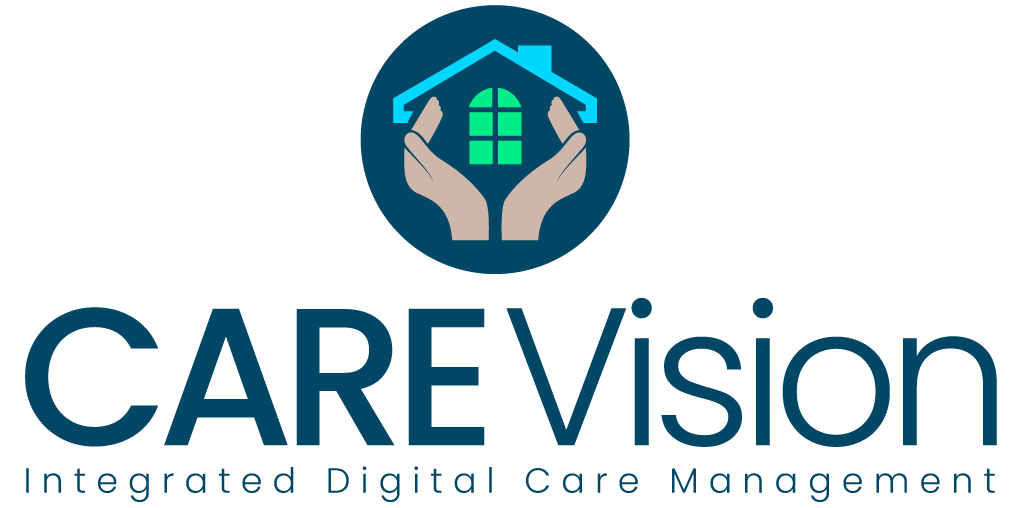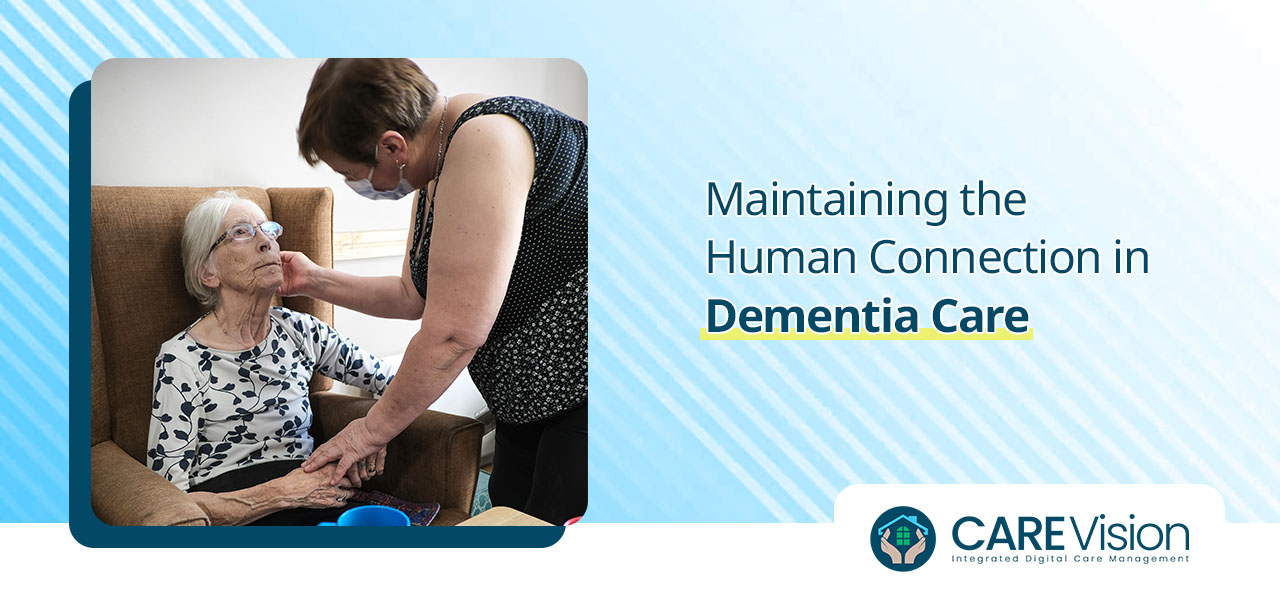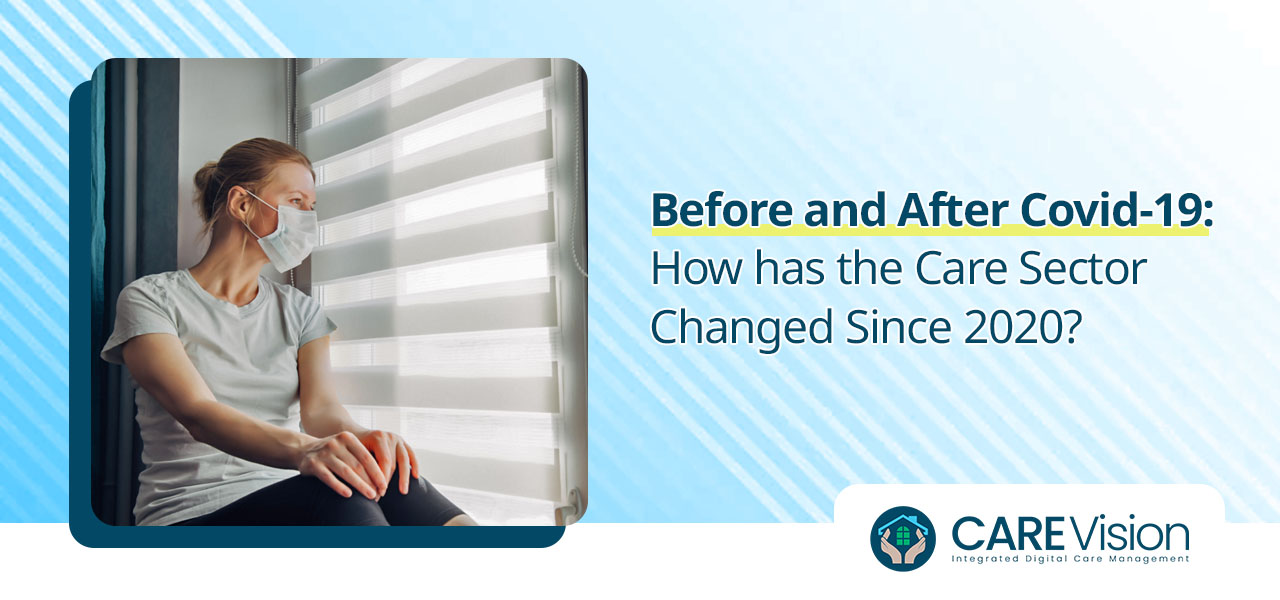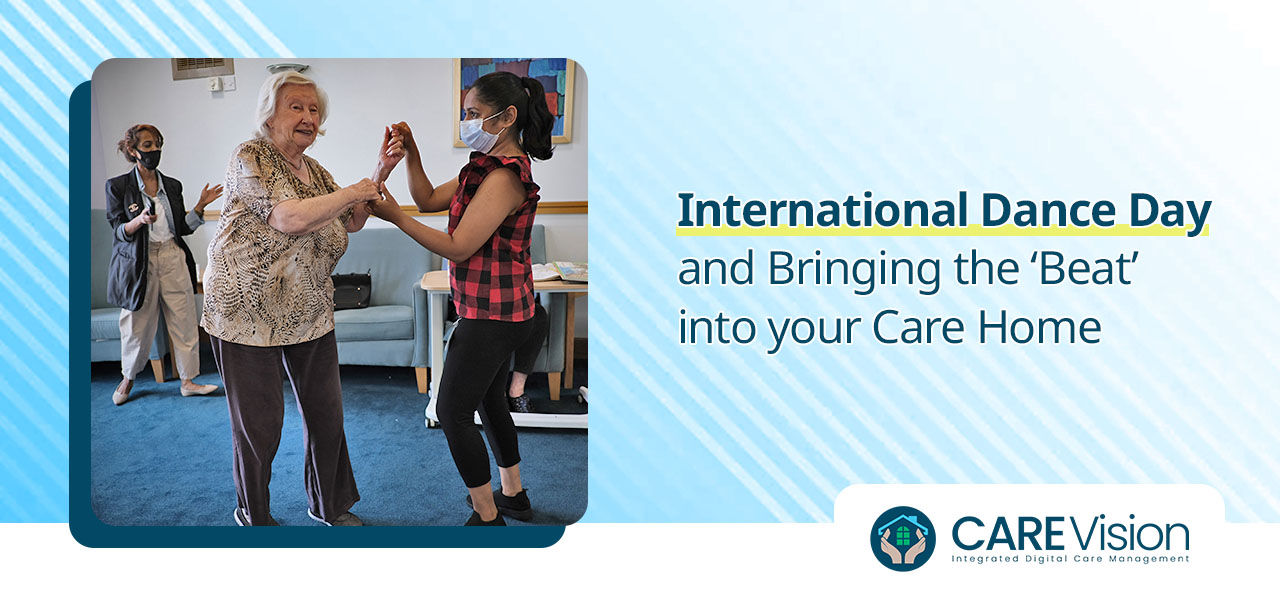A key part of care home management is putting together care plans for elderly residents and those with disability and other vulnerabilities. Without a properly and compassionately formulated care plan, elderly and vulnerable residents may not receive the right support for their physical, mental and emotional needs. Carers will also not know how, when or why to act to support their residents.
This will not only cause distress to the person and their loved ones, but will increase care time and costs for the team trying to put right errors and catch up with missed treatments and support processes. Care plans can be created easily and effectively using digital care management software, such as Care Vision. This ensures a winning combination of cutting-edge technology and person-led, compassionate care planning.
What exactly is a care plan for elderly residents?
In a healthcare setting, care plans are essential for setting objectives and drawing up schedules that lay out exactly what care an individual requires. The care plan should be drawn up by a professional who understands their residents’ needs and knows what resources are available – or can be sourced – to meet them.
The care professional writing the plan should use previous assessments, medical history, notes about current medications, therapies and treatments and feedback from the person in question to inform its contents. A care plan for elderly residents should also include details about who is responsible for carrying out each action point, who is monitoring progress and the desired outcomes for each stated goal or objective. A full risk assessment should also be included, along with details of the relevant issues and challenges to keep the person and their care team safe.
Why are care plans for elderly residents beneficial?
There are many advantages to creating a care plan for elderly and vulnerable care home residents for both the person and their care team. For a start, it allows you to set clear goals and objectives to ensure that the care being provided remains relevant and on track. Carers know where and how to focus their efforts and residents can keep themselves informed about what is going to happen next. This leads to better consistency of care.
Again, the person can understand what care they are receiving, and the care team can all work to the same schedule. Care plans can be highly personalised and have the person’s preferences and cultural values taken into account. Finally, they help enhance safety and risk management in the care setting.
What should your care plans include?
A great starting point, when working out what to include in a care plan for elderly and vulnerable residents is the personalised care planning tool on Care Vision. This provides advice, templates and checklists to ensure that nothing is missed out. Care plans generally begin with a summary of the person’s needs, based on a recent assessment. Next, a set of goals will be added that are designed to meet the needs already identified.
Care tasks and specific details of how the plan will be implemented will add important details to the goals, along with targets to monitor progress around minimising symptoms, supporting recovery and helping improve quality of life.
The plan will also contain full risk assessments around areas such as allergies and nutrition, mobility issues, infection risks, memory loss and behavioural concerns. It will conclude with the methods for evaluating its success or otherwise and actions to be considered for the future. This evaluation can then help inform future care plans for the person in question or other people in similar situations.
Digital versus paper-based care plans
Until the advent of digital care management software, care plans were drawn up using paper-based resources. While this was an effective way of doing things, going digital offers a wealth of additional benefits. Plans can be personalised easily in Care Vision using the information contained in the care home resident’s digital personal record. The details already provided can be imported straight into the care plan to save duplicating effort. Updates to a care plan can be made more easily too, with no confusion over which version is the most recent. Errors are spotted quickly and plans can be shared amongst relevant care givers instantly, wherever and whenever they are required.






